Lithium-Ion Battery In-Situ Cell Swelling Tester For Battery R&D
Swelling behavior of the lithium ion battery(LIB)
During the charging and discharging process of lithium—ion batteries, as lithium ions are inserted and extracted in the negative electrode, the cells will expand and contract;
Ideally, the insertion and extraction of lithium ions are reversible, but in the actual cycle process, there will always be a part of lithium that cannot be extracted from the negative electrode or deposits on the surface of the anode as an insoluble by-product during the cycle, resulting in irreversible swelling of the battery cell
Or other more serious consequences, such as the deformation of the battery cell, the fragmentation of material particles, the rupture of the SEI film, and the consumption of electrolyte. The swelling behavior of the battery has become an important indicator for evaluating the reliability of the battery. During the production process, the particle size, binder and pole piece structure of the negative electrode material must be optimized in advance.
The theoretical swelling ratio of next—generation high-energy density anode materials, such as silicon and lithium metal, is much greater than that of graphite anode materials. Therefore, accurate and effective evaluation of the swelling behavior of the battery cell can effectively guide the installation design of the battery cell module to ensure safety under the premise of improving module space utilization;
On the other hand, SWE can accurately determine the battery cell' s lithium SOC window under different magnifications, fast charging technology for the battery cell, helping cell design engineers to develop fast charging technology and optimize charging strategies.

Swelling behavior of the lithium ion battery(LIB)
Disassemble different—condition cells and measure the thickness of the cell and electrodes by micrometer;
Li plating window Judgment: Through the disassembly of full charged cell to judge the lithium precipitation on electrode surface by visual inspection;
Destructive Test : It is a cell consuming destructive test, and there is a higher safety risk and higher operation cost because the dry environment and professional people are required;
Non-in site Test: Only the thickness data on several specific states can be acquired, the swelling behavior of cells cannot be described systemically;
Big Deviation for Li plating window assessment: Not every lithium plating SOC and potential in different rate can be quantified.

*Part of the data comes from the partners, and the copyright belongs to the relevant parties. It can not be reproduced or used without consent.
Swelling behavior of the lithium ion battery(LIB)
In situ swelling analysis system: With a highly stable and reliable automated platform, equipped with high-precision thickness sensors and mechanical sensors, it can achieve long-term stability and accurate detection of cell thickness and swelling force, and achieve performance evaluation under different conditions.
Multifunctional test mode: The battery can achieve constant voltage and constant gap test modes, which can evaluate the performance of the battery under different stress conditions.
High precision control: Conventional fixtures that perform constant gap testing on batteries can produce~70um of deformation, resulting in inaccurate expansion force testing. The SWE in situ swelling analysis system can control gap changes within~lum through active adjustment, and obtain accurate changes in cell swelling force during the testing process.

In-situ measurement:
Through the self-developed high-precision mechanical sensing system installed in the GVM series field gas volume monitor, we can conduct continuous long-term and high stability measurement of the lithium-ion battery degassing process; Adopt high-precision ADC data acquisition module, and cooperate with multi-functional on-site gas volume monitoring software MISG. It can monitor the volume change of lithium ion battery during charging and discharging in real time, and display the expansion and contraction level of the battery online. Multi-module expansion can be easily realized through communication data based on CAN.
GVM series is the first on-site gas volume monitor in the lithium-ion battery industry.
*It has been developed in cooperation with CATL, a top power battery company, and has obtained exclusive patent authorization.
Equipment composition diagram and software


Software

Applications

*Developed with CATL the top power battery company and authorized exclusively for the patent.\
Application cases-material evaluations
1.Swelling behavior analysis of different anode materials

2.Swelling behavior analysis of different binder

*Two types of anode material batteries with the same design and capacity, of which the full charge swelling and irreversible swelling thickness of B are significantly greater than that of At which can be used to screen and evaluate battery anode materials with swelling requirements;
*The swelling difference of three different anode material cells can be used to study the in-situ swelling process mechanism of anode materials during charge and discharge.
2.Swelling behavior analysis of different binde

Comparison of the swelling of four different Binder material batteries, the level of irreversible swelling is the same, the main difference lies in the single-cycle full-charge swelling thickness, Binder C has the best swelling suppression effect and can be used for evaluation and screening of different Binder materials.
Li plating analyze
1.Non-destructive Li plating window judgment

Compared with normal li-insertion curve, the Li plating swelling curve reaches inflection point when reaching li plating voltage, accordingly accurate li plating rate, voltage and S O C window will be acquired.
2.Application of step charge

Quantitative lithium analysis voltage and SOC window of a certain lithium analysis rate can effectively guide the cascade fast charging technology, and realize safe fast charging through the charging scheme.
Application of cell structure

*Two models are used to evaluate the swelling of different anode cells, and the comparison law is basically the same as A> C> B.
*Because the two sides of the winding are bound, the crimping stress caused by the lateral swelling accumulates in the middle, so that the thickness increases with the cycle, and the four sides of the lamination are not bound, so the crimp stress of the group A pole piece with larger lateral swelling is released during the cycle, and the thickness decreases with the cycle. (Single-sided anode).
*In-situ Swelling can be used to deeply analyze the influence of process on stress and strain.
Process conditions
1.Different pressure conditions
NCM523/graphite battery (3446106, theoretical capacity 2400mAh)
Different constant pressure conditions (50N/500N/1000N)

Properly increasing the pressure can reduce the irreversible swelling ratio of the battery;
During the charging process, the two inflection points of the swelling curve correspond to the two peaks of the differential capacity curve, indicating that the swelling of the battery is related to the phase transition of deintercalation of lithium.
2.Different temperature conditions
NCM523/graphite battery (3446106, theoretical capacity 2400mAh)
Different temperature conditions (0*C, 25°C, 45P, 60,C)

When the temperature rises from room temperature 25° C to 45° C and 60 ° C, and when it drops from room temperature to 0 ° C, the irreversible swelling of the cell increases. However, the causes of irreversible swelling may be different under high temperature and low temperature conditions.
3.Different stress conditions
NCM523/graphite battery (3446106, theoretical capacity 2400mAh)

In the range of 5000N, with the increase of the stress, the swelling stress of the cell increases gradually, which leads to the increase of the polarization of the cell and the deterioration of the dynamic performance. Therefore, we must pay attention to the influence of the initial stress in the design of the cell packing.
4.Thickness and stress changing during charge-discharge
LCO/graphite battery (theoretical capacity 2500mAh

Test under constant pressure and constant gap mode

In-suit swelling analyzer(SWE) was used to monitor the changes of swelling thickness and swelling force of flexible cell in constant pressure and constant gap mode. It was found that the curves of swelling thickness and swelling force were related to the structural phase transition during charge-discharge process. This in-suit analysis method can be used by lithium researchers to analyze the swelling behavior of cells with different systems and production processes, so as to design cells with better performance.
*Part of the data comes from the partners, and the copyright belongs to the relevant parties. It can not be reproduced or used without consent
.
Parameters and installation requirement
|
Device parameters
|
|
Pressure measuring range
|
10-1000kg
|
|
Pressure measuring resolution ratio/accuracy
|
1kg±0.3%
|
|
Absolute thickness measuring range
|
100mm
|
|
Absolute thickness measuring resolution ratio/accuracy
|
1um/±10um
|
|
Relative thickness measuring range
|
±5mm
|
|
Relative thickness measuring resolution ratio/accuracy
|
0.1um/±1um
|
|
Temperature and humidity range
|
-20℃-80℃(SW2100)
|
|
Measurable max pouch cell size
|
220*180mm, can be customized
|
|
Installation requirements
|
|
voltage
|
220-240V/50-60Hz
|
|
Voltage variation tolerance
|
±10%
|
|
Power dissipation
|
3500W(SWE2100), 500W(SWE2110)
|
|
Environment temperature
|
25±5℃
|
|
Environment humidity
|
Humidity <95%RH at the temperature of 40℃
|
|
Environment magnetic field
|
Keep away from intense electromagnetic fields
|
|
Net weight
|
330kg(SWE2100), 150kg(SWE2110)
|
|
Dimension
|
600*1100*1800(SWE2100)
385*430*960(SWE2110)
|
|
Auxiliary device
|
|
Charge-discharge device
|
Self-supply or provided by supplier
|
|
computer
|
Self-supply or provided by supplier
|
|
Type
|
SWE2100
|
SWE2110
|
|
Temperature control
|
-20-80℃
|
None
|










 en
en fr
fr de
de ru
ru es
es pt
pt ko
ko tr
tr pl
pl th
th
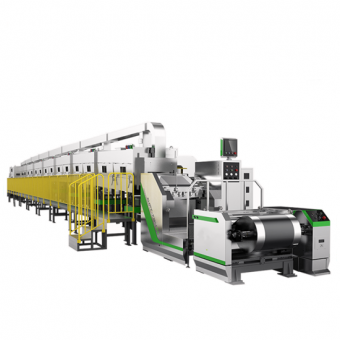
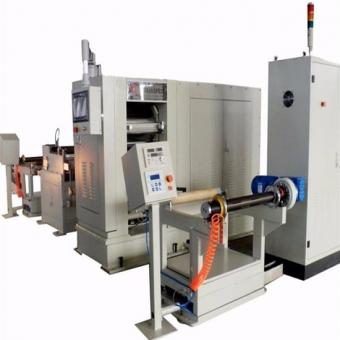
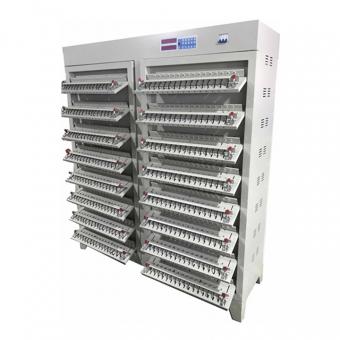
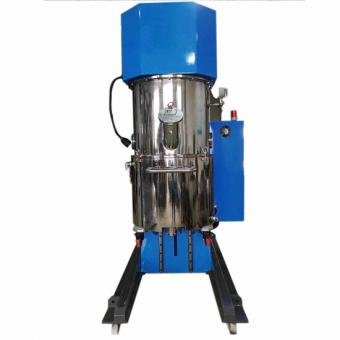


































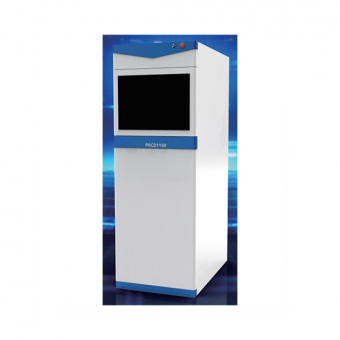
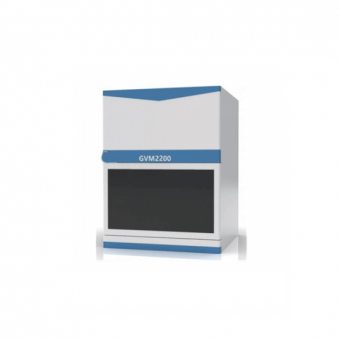
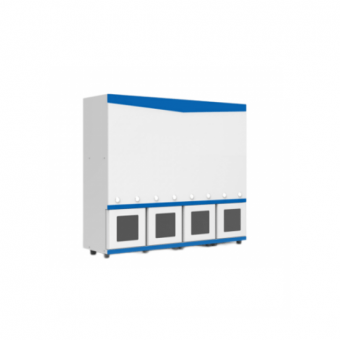
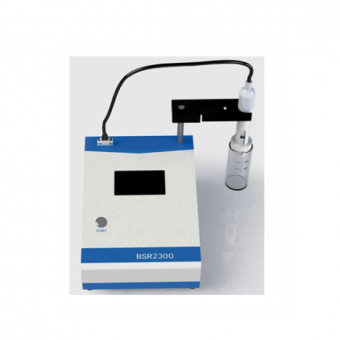


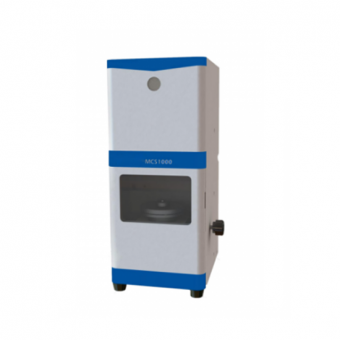
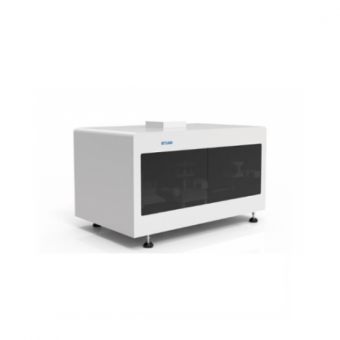






 IPv6 network supported
IPv6 network supported